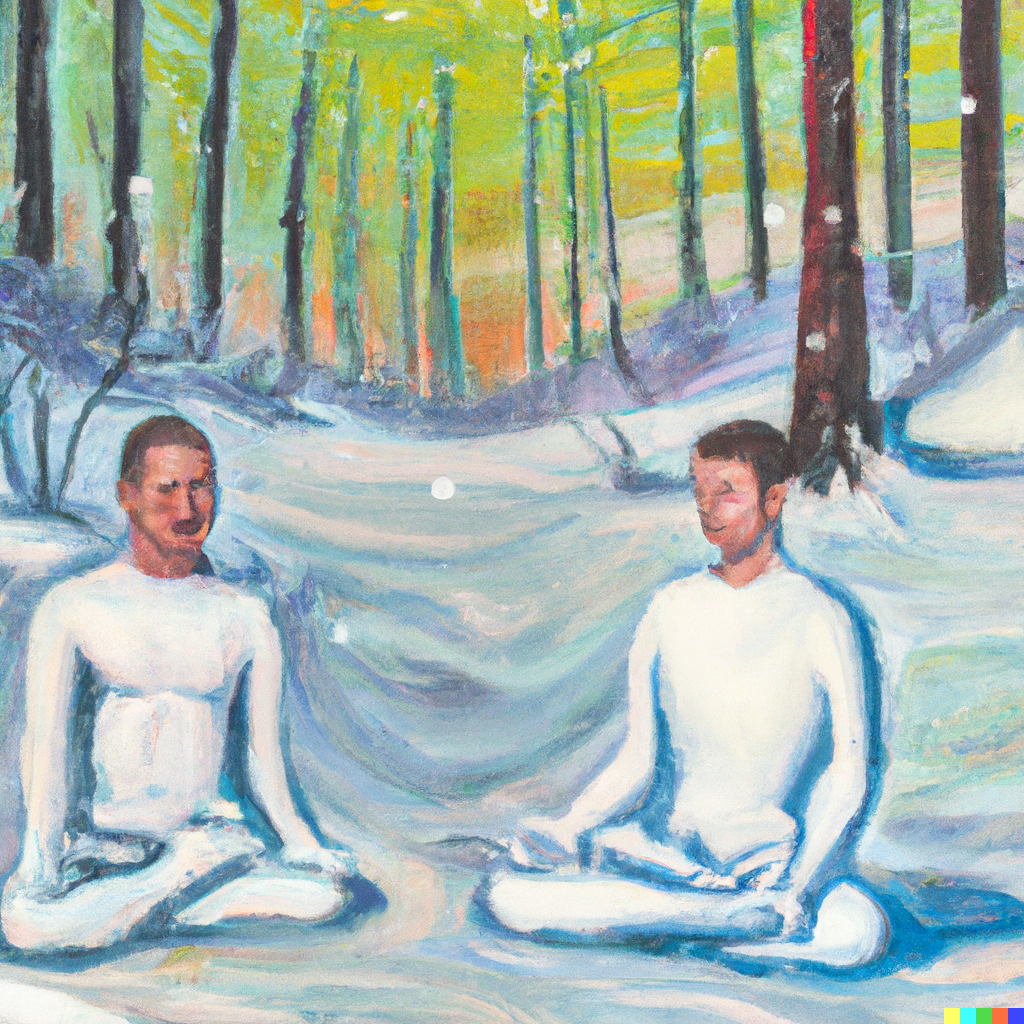A Guide to Holding Interviews Before a Conflict Resolution
The Lucid Meetings team is thrilled to introduce Tree Bressen. Tree has been blessed with a calling to help groups function well. As a consultant and facilitator, her work focuses on alignment of human action towards purpose. Tree is also the founder of the nonprofit collective producer of Group Works: A Pattern Language for Bringing Life to Meetings and Other Gatherings. We use these cards in our own workshops, and have found them to be wonderfully valuable for encouraging dialogue with a group.
—Team Lucid

Most of the time, work hums along and people work out tensions as they arise. Sometimes, it’s not like that—sometimes things get really stuck. When relationships are broken (low trust, poor communication, inability to work together well), nothing else functions, and the whole work process slows to nearly nothing. For the people involved, unresolved conflicts cause a lot of suffering; fortunately that also means once the stuckness is cleared, those same humans experience vast relief. Often this also brings relief to others around them, who were being impacted too.
When people are at an impasse and need help working things out, sometimes a facilitator is asked to assist. The facilitator’s role is to help them find a path to a positive future, a path they have not reached on their own. When i* am asked to facilitate this type of situation, i’ve learned to conduct pre-meeting interviews in preparation for the conflict resolution session with the same diligence and care i bring to the later meeting. Here is an example of how such interviews can be conducted, and what practices build trust with each individual before tackling the difficult conversation in the group.
Hold the Space and Trust the Process
First, it’s important to remember your role as a third party. You aren’t there to judge anyone or decide the outcome; rather, you’re on a search to understand each person’s story and serve as a designated listener. If you find yourself tempted to join in one side blaming the other, i advise you to firmly remind yourself that human situations are co-created, and that the parties will best be served by you holding neutral space for them to work it out. Bring your compassion and assume good intent.
Typically once the people in conflict are heard and understand each other better, they will be able to solve their own problems. Rather than jumping in with answers, it’s usually better to trust that the people involved are capable of moving through the process and finding their own solutions.
If the parties involved have agreed to work with you to solve their conflict, this means they are invested in finding a successful resolution. During pre-meeting interviews, you’ll gain empathy and understanding for the journey each party needs to make to get there.
These interviews are not a job you can delegate. Because you are both learning about the content of the conflict and establishing rapport, it’s important that the person conducting the pre-meeting interviews is the same person who will facilitate the session.
The goals and reasons for a pre-meeting interview are:
- To give the primary people involved an opportunity to express themselves.
Let ’em vent! It gives people an opportunity for safe practice, to say things in an unskilled way and hear it for themselves. Getting out energy, feelings, and ideas related to the conflict in advance starts to free up space inside people, allowing for new thoughts, creativity and flexibility to enter. - To inform you, the facilitator of the upcoming session, about the conflict.
You’ll learn the main issues, where things have gotten stuck, people’s perceptions of the history so far, why they feel the need for facilitation, the different people’s needs and goals, and so on. - Establish trust and rapport between the facilitator and attendees.
An existing positive relationship makes it so that during the subsequent session, when you offer an intervention, process proposal, or suggestion, participants will be more likely to take it in stride with an assumption of good intent on your part.
I aim to interview each person who will be involved 5 to 9 days before the scheduled session. I don’t follow a strict agenda, however i do use a common structure for each interview.
This is an overview of the process. The template linked below includes detailed guidance for scheduling and leading each part of the interview.
1. Begin with Greetings and Reassurances
Start interviews by taking time to introduce yourself and let the person know what level of confidentiality this conversation has. Also explain that it’s your responsibility to remain impartial, and that you’ll be hearing from all sides; that is, the person being interviewed gets to present things as they see them and shouldn’t have to worry about being objective in this moment.
2. Open-Ended Questions
The bulk of the interview involves asking open-ended questions and listening well to the answers. For example, you may ask:
- “Can you tell me how you see the situation with X?”
OR
- “What’s your take on what’s going on?”
Be careful to frame these questions in neutral language. While it’s ok to express sympathy for each person’s feelings, it’s important not to sound like you’re taking sides.
A Tip: If the person being interviewed shares a story about someone else’s behavior they see as a problem, you might ask:
- “When that person does that [thing you don’t like], what is your usual response?”
This helps people start to consider how their own behavior may be contributing to the situation before they arrive at the session.
3. Follow-up questions
Once they’ve shared their perspective, briefly summarize what you’ve heard to make sure you’ve understood correctly. It’s especially important to attempt to reflect back the feelings you heard expressed, even if they not fully explicit. (Don’t worry if you guess wrong about specific feelings; people usually still appreciate the attempt, and will correct you as needed.) After that you can ask one or more follow-up questions, to bring out more of the story as needed—basically, follow your curiosity.
People in conflict are often more aware of the other person’s power and impact than their own. If you sense that’s the case, you might ask a specific question about that, such as:
- “What do you see as your own power in this situation?”
- “What options do you have at this point in the situation that you haven’t tried yet?”
- “What do you see as your contribution to the problem?”
- “What’s your responsibility in this?”
- “I hear their behavior is really frustrating. What’s your part here?“
Such questions need to be asked with care—you don’t want the participant to feel blamed by you for the problem (that would increase distress, and impact the neutrality you committed to).
Rather, as the facilitator you hold that human situations are generally co-created, and you gently share that perspective as one way of being of service to the participant. No one likes feeling disempowered, so if people are able to regain their own sense of agency, they usually feel better and arrive at the session with more sense of creative possibility, which helps it go better.
4. Ask About Needs for the Session
Finally, ask for any other questions they have about how the session will work and anything you can do to help them feel more comfortable when the time comes. You might ask how they tend to show when they are triggered, and what they would like you to do if you see that happening. You can end the interview by reconfirming the plan for the upcoming session and thanking them for their time.
After the Interviews
From these interviews, you learn both about the conflict and about each unique individual involved. By doing it some days in advance, you have the opportunity to integrate what you learned into the session plan, expectations, and agenda.
If you are called to facilitate a conflict resolution session, i hope you find this guide to pre-meeting interviews useful. I have been honored to serve in that role for many groups over the years, and while this work can be daunting, it’s also deeply rewarding. The world needs more people ready to step forward in this way, so kudos to you for taking it on!
* Note:
Tree’s use of lower-case i in the middle of sentences is a deliberate linguistic choice. She says: “So far as i know, English is the only language that capitalizes the first person pronoun and no others; it’s probably not a coincidence that English-speaking cultures are extremely individualistic as compared with others on our diverse planet.As a facilitator, i witness daily the struggle to balance group and individual needs. My choice to use a lower-case i arises from a belief that ‘i’ am the same as any other, no more or less important than ‘you,’ ‘she,’ ‘we’ or ‘they.’”



